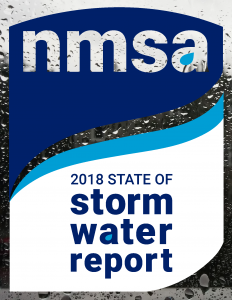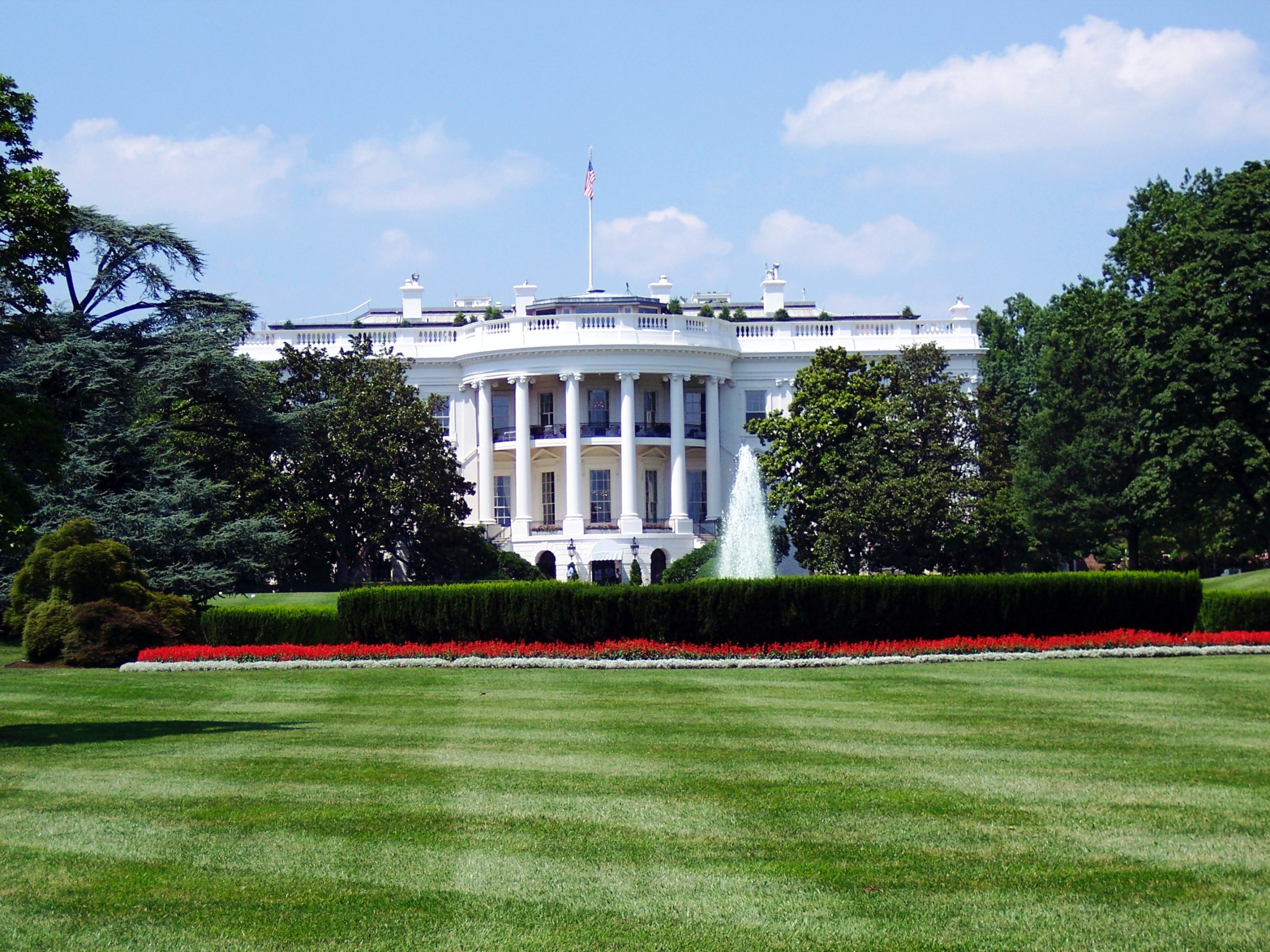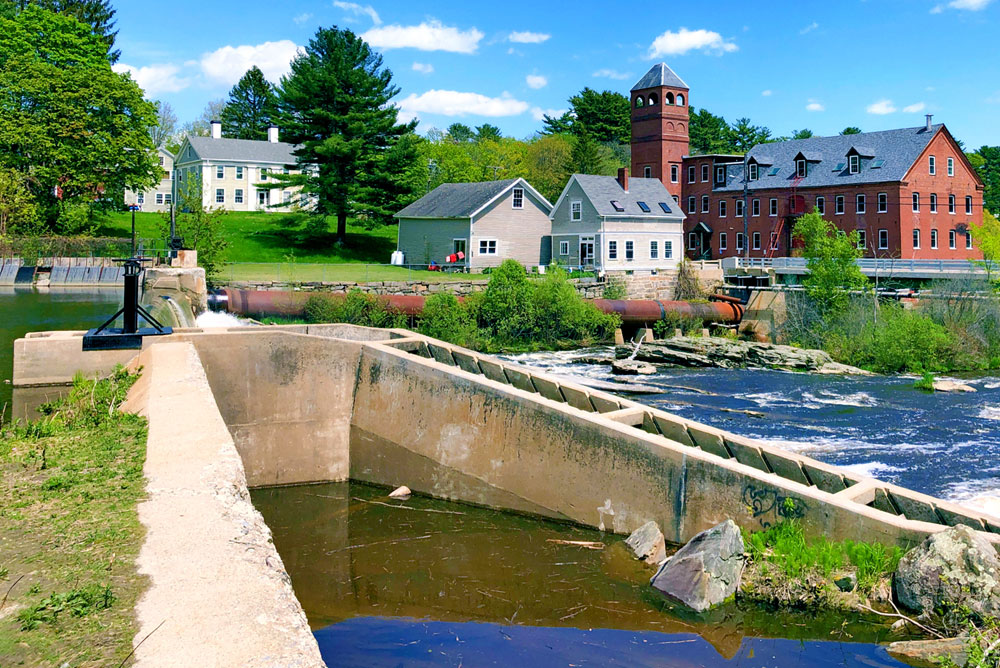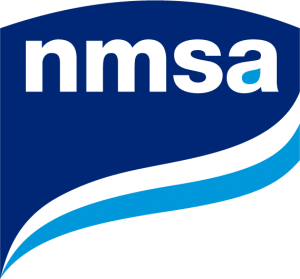FOR IMMEDIATE RELEASE
Media Contact:
Scott Taylor
nmsa@nationalstormwateralliance.org
(760) 603-6242
National Stormwater Alliance Releases First State-By-State Snapshot of Programs Managing Polluted Runoff under the Clean Water Act
 ALEXANDRIA, VA — August 13, 2018 — The National Municipal Stormwater Alliance (NMSA) today announced the release of its inaugural 2018 State of Stormwater Report. The report provides an overview of municipal stormwater programs across the U.S., detailing the challenges and opportunities communities face in managing polluted runoff.
ALEXANDRIA, VA — August 13, 2018 — The National Municipal Stormwater Alliance (NMSA) today announced the release of its inaugural 2018 State of Stormwater Report. The report provides an overview of municipal stormwater programs across the U.S., detailing the challenges and opportunities communities face in managing polluted runoff.
The U.S. Environmental Protection Agency issued stormwater rules nearly three decades ago, yet polluted runoff remains a challenge affecting the nation’s economy and environment. In the U.S. today, there are 7,550 communities covered by municipal separate storm sewer system (MS4) permits, representing more than 80 percent of the country’s population but only about four percent of land area.
“MS4s are tackling one of the most difficult water resource challenges today — managing stormwater and revitalizing urban waters,” said NMSA Chair Scott Taylor. “Each state is attacking issues in somewhat different ways. This report takes a look at that for the first time, providing information critical to moving the needle on clean water.”
Developed by MS4 program managers, the report gives a snapshot of MS4 program implementation, current regulatory issues, and a general estimate of the trend and overall quality of states’ receiving waters. The following are six common challenges facing MS4 programs today based on report findings:
- Program funding, and in many cases staffing, remain top issues for MS4s across the U.S. Many MS4 communities do not have a designated funding source and face significant challenges developing one.
- MS4s are fostering awareness of and public engagement in stormwater solutions, but more work is needed to gain public and elected official support.
- MS4s face evolving regulatory requirements. Many MS4 program managers cite the need for additional program support and guidance, especially as communities implement new technologies and techniques — such as green infrastructure — for post-construction stormwater management.
- Many MS4 program managers characterize their water quality as static to improving. However, they cite challenges in measuring program effectiveness in receiving water quality due to a lack of monitoring data and the obscuring influence of other nonpoint pollution sources. While MS4s are making progress improving the health of the nation’s waterways, climate change and urbanization threaten progress in some regions.
- Additional research is needed on urban stormwater management practices to better inform decisions about their use and overall life cycle costs, including design, construction, and long-term maintenance.
- To make significant progress improving water quality, MS4s recognize the need for watershed-wide collaborations and source control. Many state leaders are promoting integrated solutions for MS4s that address flooding, combined sewer overflows, and other nonpoint pollution sources, such as unregulated agriculture.
NMSA will produce its State of Stormwater Report annually to provide state regulatory updates, information on MS4 sector needs and challenges, and a qualitative assessment of U.S. receiving water quality trends. The 2018 report was compiled by NMSA’s member organizations and does not reflect any official state position on permit compliance or receiving water quality.
Download the 2018 report at nationalstormwateralliance.org/nmsa-2018-state-of-stormwater-report.



